Understanding The Cultural Significance Of The Karate Kid Part II
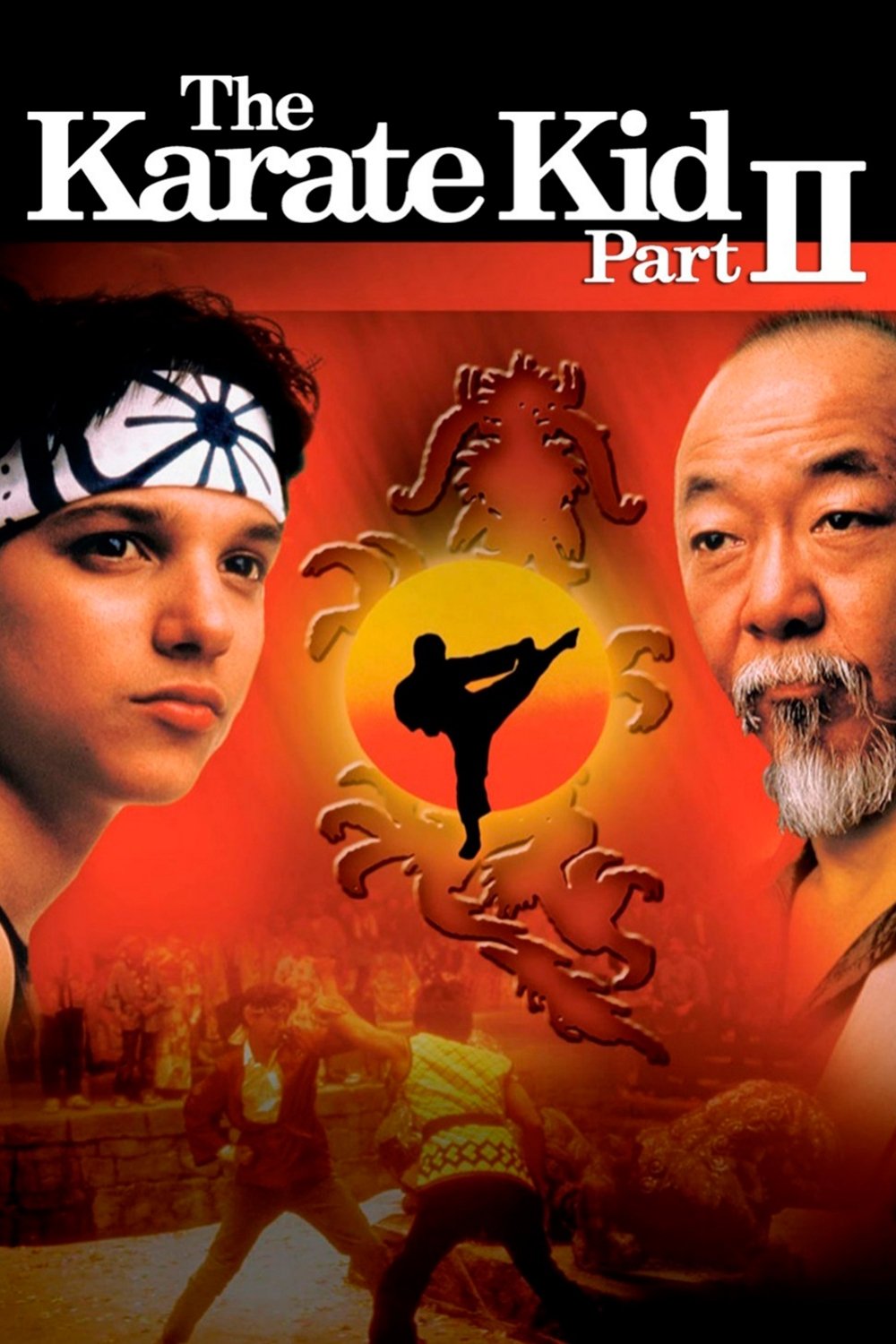
Table of Contents
The Karate Kid Part II's Portrayal of Japanese Culture and Okinawa
The Karate Kid Part II takes us to Okinawa, Japan, providing a glimpse into its unique culture. This portrayal, however, is not without its complexities. Let's examine how the film depicted Okinawan culture and the potential implications:
-
Okinawan Cultural Representation: The film showcases various aspects of Okinawan culture, from its traditional arts like karate and bonsai cultivation to its serene tea ceremonies and respectful social interactions. These elements offer a visual and experiential introduction to a culture often less familiar to Western audiences.
-
Authenticity and Stereotypes: While striving to present Okinawan culture authentically, the film inevitably simplifies certain aspects. Some critics have pointed to potential stereotypes, highlighting the need for a nuanced understanding of the film's portrayal and its limitations in fully capturing the richness and diversity of Okinawan life. It's crucial to analyze these aspects critically, recognizing the historical context of the film's production.
-
Global Impact: The film's widespread popularity meant that Okinawan culture was introduced to a global audience, sparking interest and curiosity. This exposure, despite its limitations, contributed to a broader awareness and appreciation of this unique cultural heritage.
-
Visual and Auditory Elements: The film uses music, scenery, and specific scenes—like the detailed depiction of bonsai cultivation or the peaceful tea ceremony—to create a strong sense of Okinawan atmosphere, immersing the viewer in the island's environment and its cultural nuances. This immersive approach contributes significantly to the film's cultural impact.
Exploring Cross-Cultural Relationships and Understanding
Beyond its depiction of Japanese culture, The Karate Kid Part II profoundly explores cross-cultural relationships and the challenges and rewards of navigating different cultural norms. The film's success hinges on the compelling relationship between Mr. Miyagi and Daniel:
-
Mentorship and Cross-Cultural Dimensions: The mentor-student dynamic between Mr. Miyagi and Daniel is central to the film's narrative. This relationship transcends the typical master-apprentice trope, demonstrating a deep cross-cultural bond forged through mutual respect, understanding, and shared experiences. It showcases the power of intergenerational relationships built on trust and patience.
-
Navigating Cultural Differences: The film delicately depicts the challenges Daniel faces in adapting to Okinawan customs and expectations. His initial misunderstandings and subsequent learning process highlight the complexities of cross-cultural communication, emphasizing the importance of patience, empathy, and open-mindedness in building bridges across cultures.
-
Overcoming Prejudice and Misunderstandings: Through their interactions, Mr. Miyagi and Daniel model how communication and empathy can help bridge cultural gaps and overcome prejudice. The film implicitly advocates for understanding and respecting diverse cultural perspectives, promoting a message of tolerance and acceptance.
-
Appreciating Cultural Nuances: Several scenes explicitly show Daniel’s gradual appreciation of Japanese culture, from participating in traditional activities to understanding subtle social cues. This process of learning and adaptation forms the emotional core of the film's cross-cultural narrative.
The Legacy of Mr. Miyagi and his Enduring Influence
Pat Morita's portrayal of Mr. Miyagi is iconic. His quiet wisdom, gentle demeanor, and unwavering mentorship have made him a beloved figure in popular culture:
-
Pat Morita's Impact: Morita's performance as Mr. Miyagi not only earned him critical acclaim but also cemented the character's place in cinematic history. His portrayal continues to resonate with audiences, making Mr. Miyagi an inspirational figure for many.
-
Mr. Miyagi's Wisdom: The wisdom imparted by Mr. Miyagi transcends the film itself. His life lessons about patience, perseverance, and respect continue to inspire and offer guidance to viewers across generations. His quotes are frequently used as motivational statements.
-
Enduring Influence: Mr. Miyagi's influence extends beyond the immediate audience. He has become a model for mentors and teachers in various contexts, influencing how we perceive mentorship and the importance of intergenerational wisdom.
-
Cultural Memory: Mr. Miyagi remains a powerfully memorable character, ingrained in the cultural consciousness of multiple generations. His quiet strength and profound wisdom ensure his enduring legacy in popular culture.
The Film's Impact on Popular Culture and its Lasting Legacy
The Karate Kid Part II's success reverberates throughout popular culture:
-
Box Office Success and Franchise: The film's box office success cemented its place in cinematic history and launched a successful franchise, spawning sequels, remakes, and a considerable amount of merchandise.
-
Cultural References and Influence: The film's impact is visible in countless cultural references, from its iconic scenes and quotes to its influence on subsequent films and television shows. The film's themes of mentorship and cross-cultural understanding continue to resonate with contemporary audiences.
-
Enduring Popularity and 80s Nostalgia: The film remains immensely popular, enjoying continuous viewership and inspiring a strong sense of nostalgia for 1980s cinema. Its timeless themes and endearing characters contribute to its ongoing appeal.
-
Merchandise and Popular Culture: The film's popularity led to a substantial amount of merchandise, further embedding it within the popular culture landscape, extending its reach and reinforcing its cultural impact.
Conclusion
The Karate Kid Part II holds a unique position in cinematic history. It offers a thoughtful exploration of Japanese culture, cross-cultural relationships, and the enduring power of mentorship. Its portrayal of Okinawa, the mentor-student dynamic between Mr. Miyagi and Daniel, and the lasting legacy of its characters all contribute to its significant cultural impact. It's a film that continues to resonate, teaching valuable lessons about cultural understanding and the enduring power of human connection. Continue exploring the rich cultural tapestry woven into The Karate Kid Part II. Share your thoughts and interpretations of the film's cultural significance in the comments below! Let's further delve into the multifaceted meanings of this cinematic classic.

Featured Posts
-
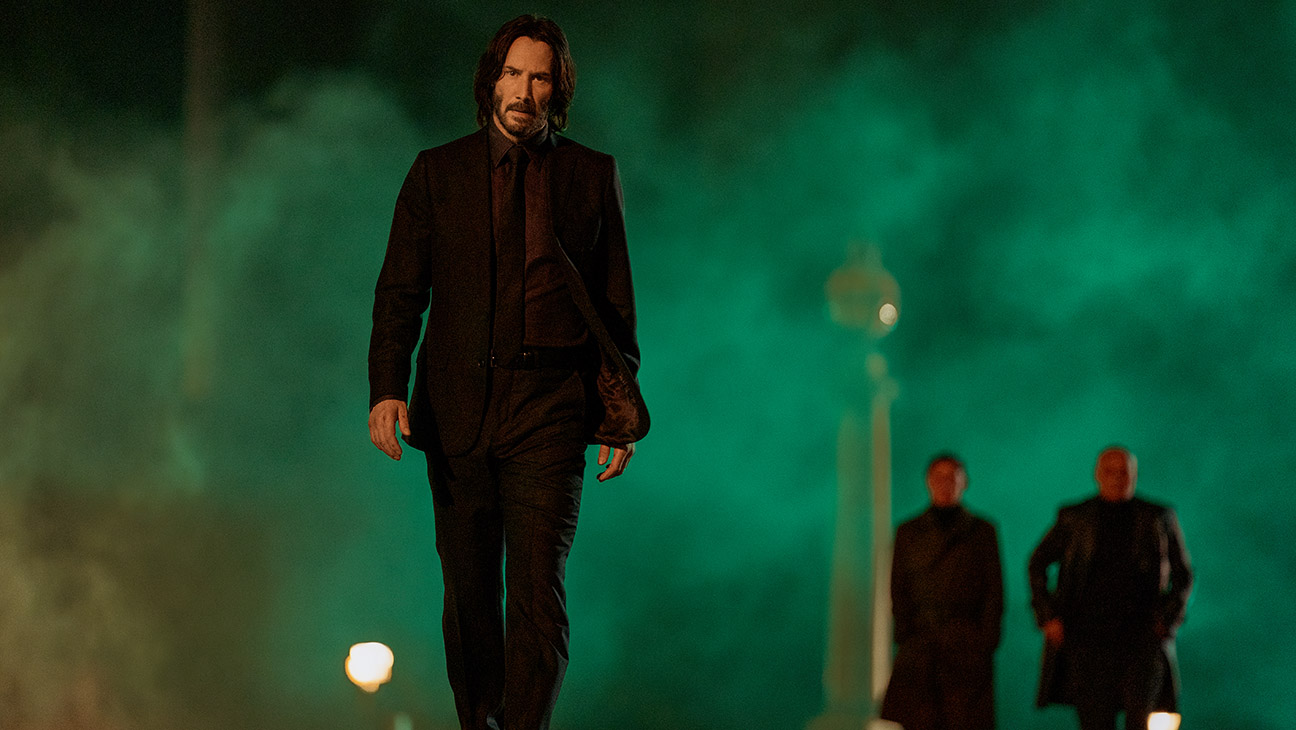 John Wick 5 A New Direction After The High Table Saga
May 07, 2025
John Wick 5 A New Direction After The High Table Saga
May 07, 2025 -
 Las Vegas John Wick Experience Embody Baba Yaga
May 07, 2025
Las Vegas John Wick Experience Embody Baba Yaga
May 07, 2025 -
 Zendayas Family Conflict A Sisters Explosive Claims
May 07, 2025
Zendayas Family Conflict A Sisters Explosive Claims
May 07, 2025 -
 The Young And The Restless February 11th Recap Nicks Confrontation With Victor
May 07, 2025
The Young And The Restless February 11th Recap Nicks Confrontation With Victor
May 07, 2025 -
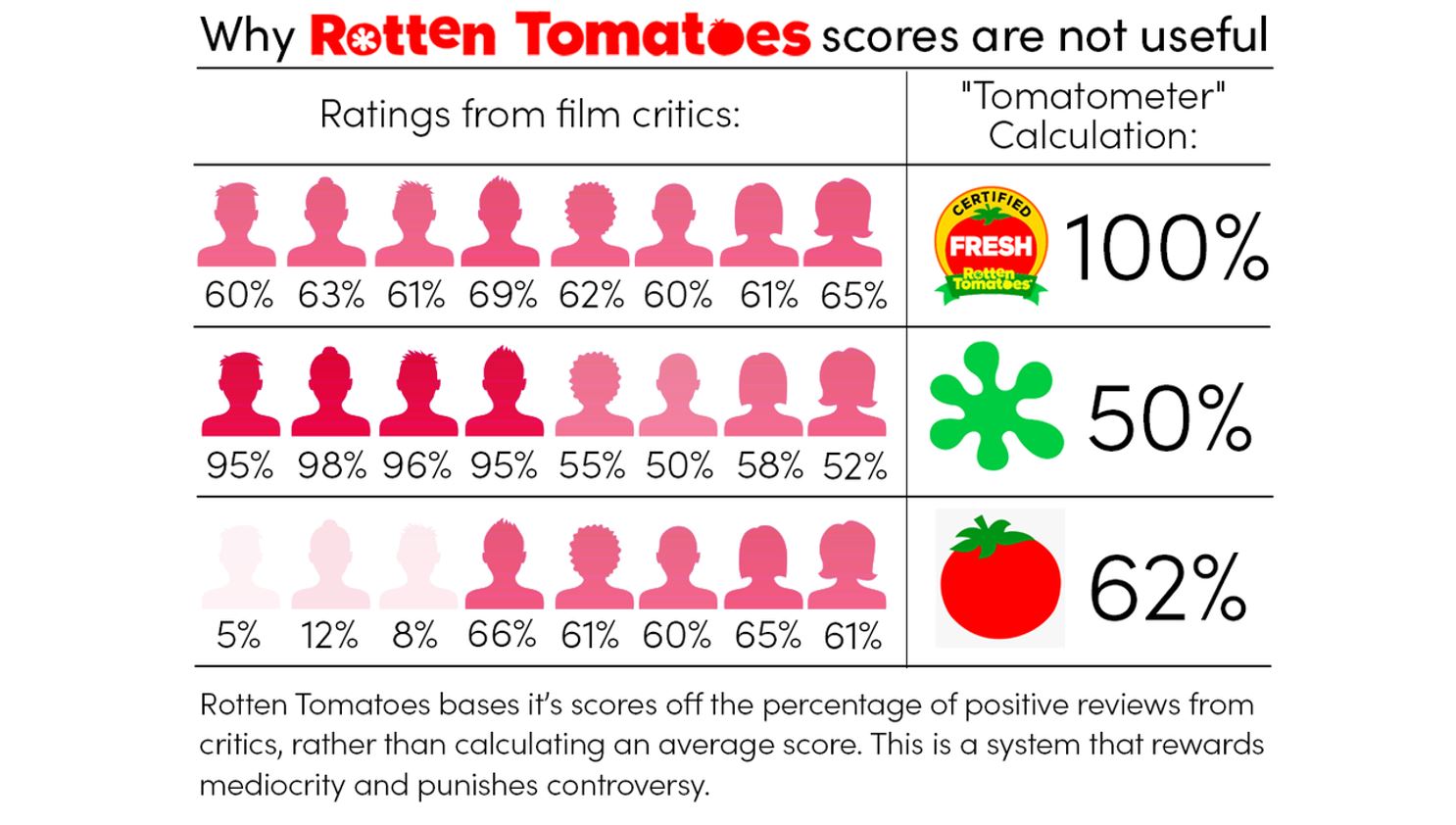 John Wick 3 A Critical Underdog Analyzing Its Low Rotten Tomatoes Rating
May 07, 2025
John Wick 3 A Critical Underdog Analyzing Its Low Rotten Tomatoes Rating
May 07, 2025
Latest Posts
-
 Jenna Ortega Raconte Son Experience Avec Lady Gaga Sur Le Tournage De Mercredi
May 07, 2025
Jenna Ortega Raconte Son Experience Avec Lady Gaga Sur Le Tournage De Mercredi
May 07, 2025 -
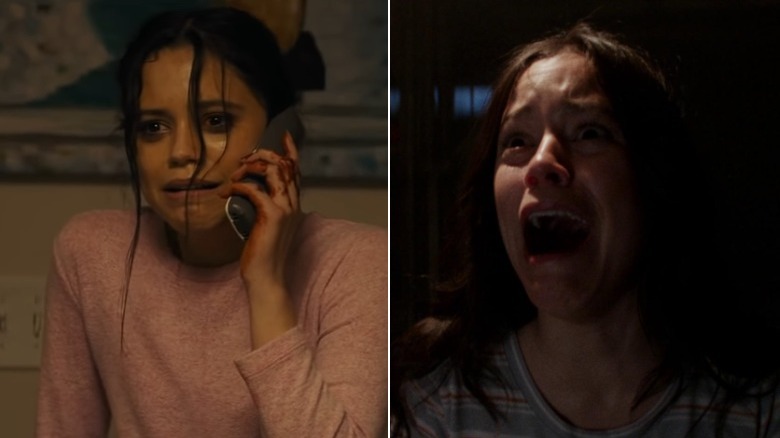 Is Jenna Ortega Horrors Next Scream Queen A Critical Look
May 07, 2025
Is Jenna Ortega Horrors Next Scream Queen A Critical Look
May 07, 2025 -
 Jenna Ortega A Rejtett Inspiracio
May 07, 2025
Jenna Ortega A Rejtett Inspiracio
May 07, 2025 -
 Jenna Ortegas Rise The Making Of A Horror Icon
May 07, 2025
Jenna Ortegas Rise The Making Of A Horror Icon
May 07, 2025 -
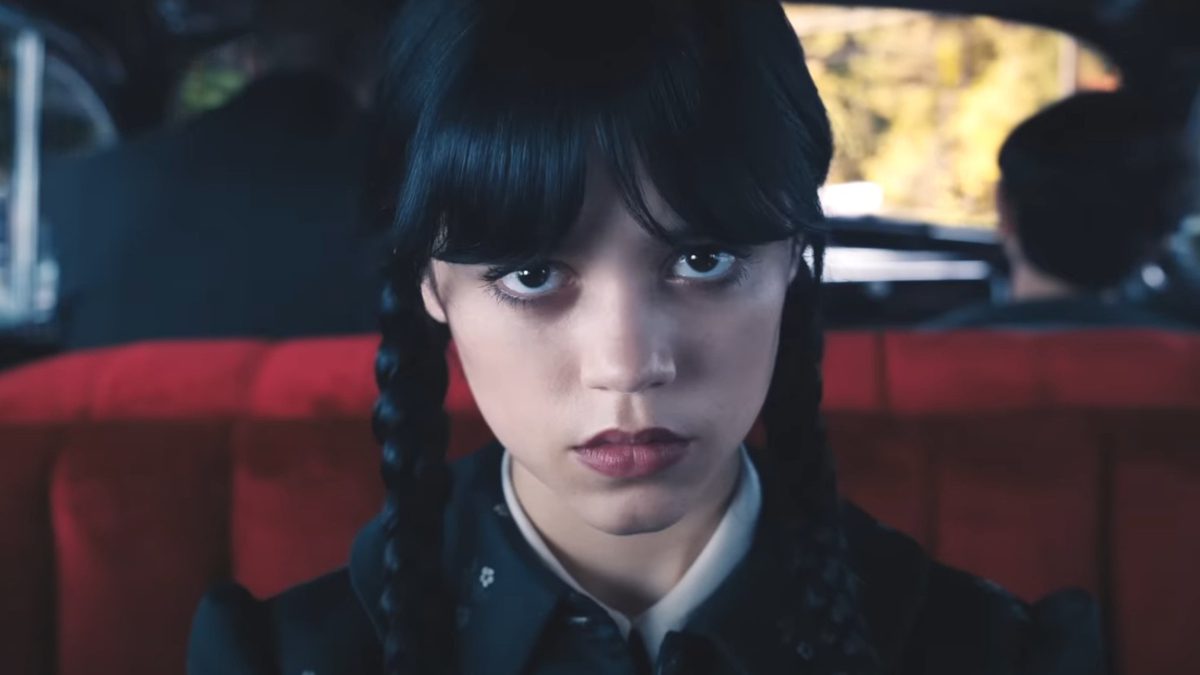 Egy Szineszno Aki Befolyasolta Jenna Ortegat
May 07, 2025
Egy Szineszno Aki Befolyasolta Jenna Ortegat
May 07, 2025
